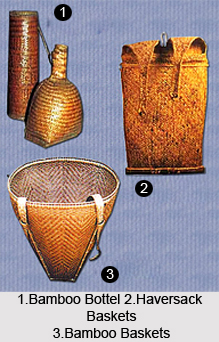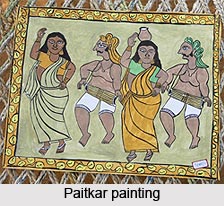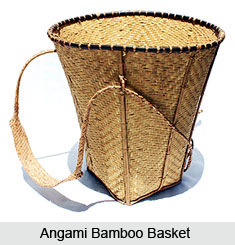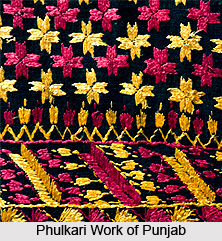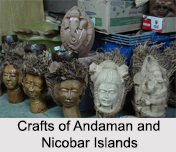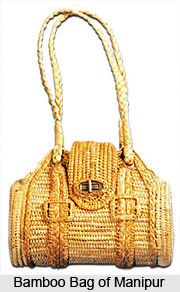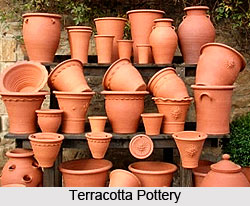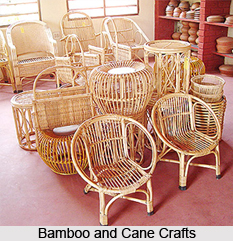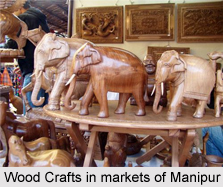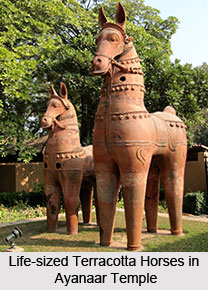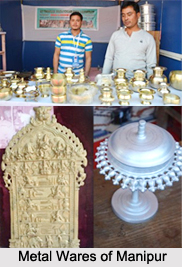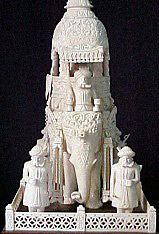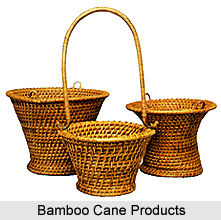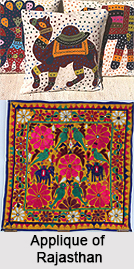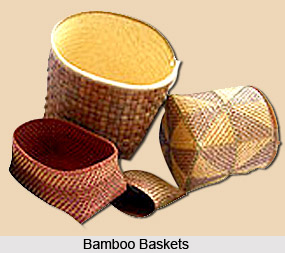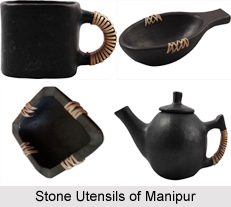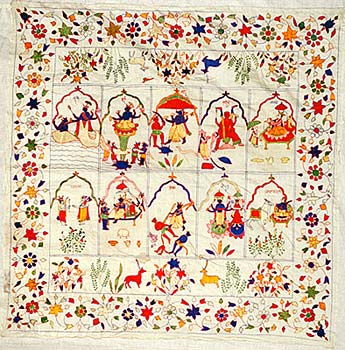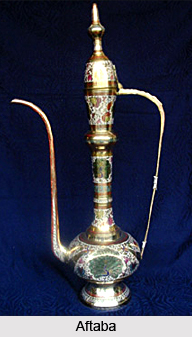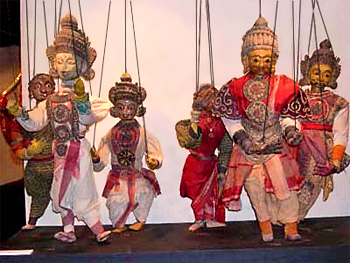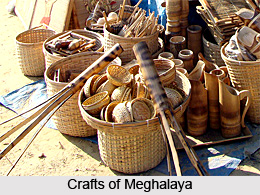 Crafts of Meghalaya speak of the artistic skills of the craftsmen and have a distinct individualistic touch. The crafts of Meghalaya are important part of the state"s development. They play a significant role in charming the tourists from parts of the world. Some of the famous handicrafts of this beautiful North Eastern state are woodcarving, bamboo work, cane craft, stools, baskets, bamboo-fishing traps, cane containers, jewellery, trays, fans etc. The Khasis are especially famous for weaving cane mats, stools and baskets. Hand weaving is also the most sought after profession, which has passed on from generation to generation.
Cane and Bamboo crafts
Crafts of Meghalaya speak of the artistic skills of the craftsmen and have a distinct individualistic touch. The crafts of Meghalaya are important part of the state"s development. They play a significant role in charming the tourists from parts of the world. Some of the famous handicrafts of this beautiful North Eastern state are woodcarving, bamboo work, cane craft, stools, baskets, bamboo-fishing traps, cane containers, jewellery, trays, fans etc. The Khasis are especially famous for weaving cane mats, stools and baskets. Hand weaving is also the most sought after profession, which has passed on from generation to generation.
Cane and Bamboo crafts
Abundant availability of canes and bamboos has encouraged the people to utilize it not only for producing utility items but decorative items as well. Various kinds of baskets and mats are made from cane and bamboos. Pokerwork is a unique craft of the region where the designs are burnt into the bamboo with a red-hot pointed rod, which is mainly done by the Garos. The Khasi women wear an attractive hat, which is made of a circular bamboo frame with a thick brim that is covered with cloth. Their special cane mat called `Tlieng`, is popular for its long lasting service. Winnowing fans and rain shields manufactured out of plaited bamboo and cane are mostly found in the rural areas. Jaintia fishing traps made of bamboo sticks are also in demand for its reliable usage.
Weaving craft
Weaving is an ancient craft of the tribals of Meghalaya and this craft is under the exclusive domain of women. The patterns in the cloth are obtained by combining different coloured threads in the warp and weft. The Garo weave attires, bed covers, bed sheets and tablecloths. A kind of silk produced in Meghalaya is called endi silk, which has a fine texture. Sonidan is an important centre for weaving endi silk. Silk weaving is also encouraged in the state by training local weavers in a number of places. Dakmanda is a type of silk clothing for women which is decorated with beautiful flowers and butterflies in various combinations of colours.
Jewellery making
The jewelleries of Meghalaya also present an impressive craftsmanship. Ornaments like `Kynjri Ksiar`, `Paila" and "Rigitok" are some of the important crafts of the state. Kynjri Ksiar, made of 24 carat gold and Paila, a string of thick red coral beads are usually worn by the Khasis and the Jaintias. Rigitok which is a thin fluted stems of glass strung by fine thread is generally worn by Garo ladies.
Engravings
In some villages of Jaintia and Garo, engravings of the figures of men and animals can be seen on the walls of the house. Another engraving is of Near Jowai which features cravings of a lover and his beloved. These crafts evoke acclaim even in the present day for artistry in designing.
Wood Carving
Items both decorative and utilitarian are created from wood with an eye for detail. The subjects are inspired by the bounty of nature and from everyday life. Garo tribe has a fine tradition for wood craft. Decorative items from the East Khasi Hills are popular souvenir items in national and international markets.
